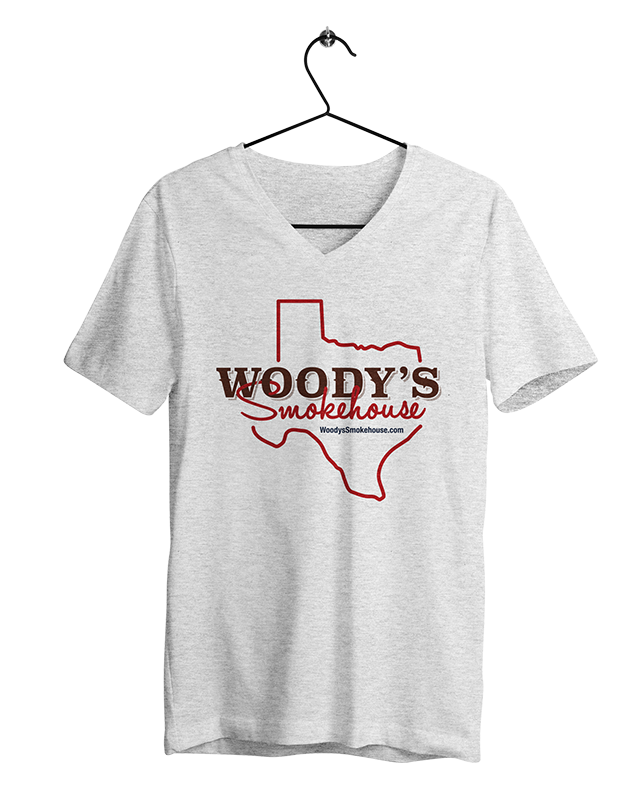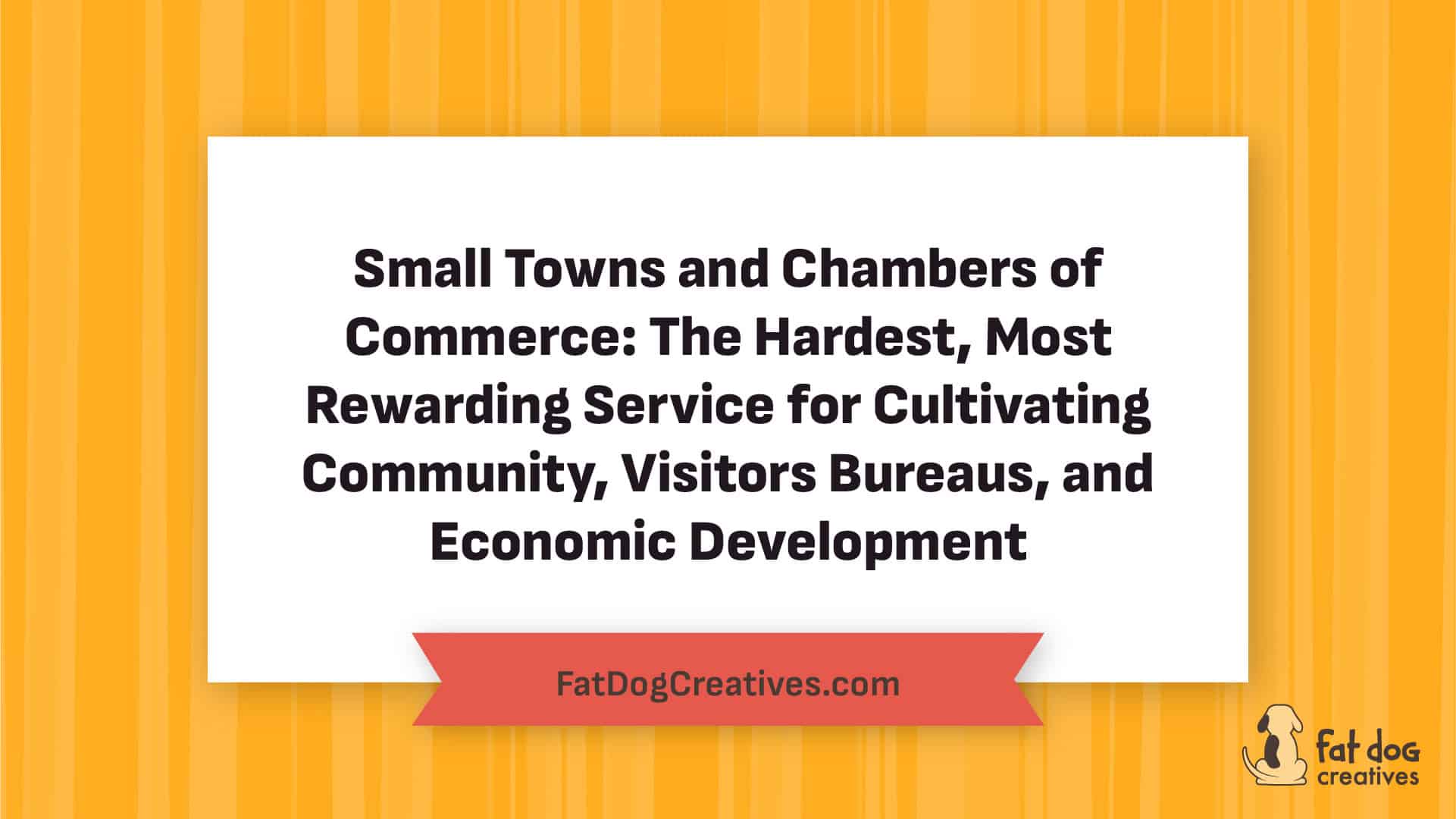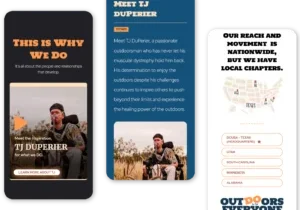Small Towns and Chambers of Commerce: The Hardest, Most Rewarding Service for Cultivating Community, Visitors Bureaus, and Economic Development
Share this article.
Here’s what people from cities, even cities of 50,000 residents, don’t understand about small towns–actual small towns. Public transportation, what’s that? Most small towns are rural. They don’t have public transportation. The closest thing they have to public transportation is what’s now known as Uber but without the app. A person calls someone who lives or works nearby to hitch a ride, drop something off, or pick something up because you know everyone; you don’t have to use an app to find out who’s nearby–you already know. Otherwise, you rely on your built-in app, your thumb. Most of the actual population live outside the city limits. It’s not unusual for them to drive 20-30 minutes to “get to town”. There’s a stop light or two in town, and that may serve at the central spot for “downtown”. Not only is the town itself small, it’s often another 45-60 minute drive to a somewhat larger town that has chain grocery stores with greater variety. Elected Officials Actually Work Outside of Government The mayor still has his/her actual job or business. Being mayor in a small town is more representative of how our elected officials were originally intended to live and work–continue your work and simultaneously serve the community. It’s very likely that you (or if you’re new in town “your neighbor”), went through K-12 together. There’s a depth of relational knowledge that is difficult to cultivate anywhere else like these small towns other than through generations. Typically, the elected officials understand more intimately what the needs of the community are and are far more invested in addressing them since it means their own business and families are directly impacted. Running a business or working as an employee while also serving in an elected position, means time and mental bandwidth are limited. While the concerns of a small town are not as plentiful, this doesn’t mean they aren’t important or don’t take much time. Often, the concerns of small towns are far more complex than they may appear on the surface, again, because of limited resources or limited access to resources, including people for staffing, volunteering, technology, etc. Size Does Matter Small towns with populations with only 4 digits have very different needs than the 5-digit populations, which have very different needs than the 6+digit populations. Large cities and the surrounding areas have significantly greater access to resources, not just fast and reliable internet, but also internet-based service businesses. These areas are typically not underserved, even the really small towns, because of the proximity to the large city. For example, the city of San Antonio is the bulk of the Bexar County population and land mass, which means the surrounding counties serve and are served by the San Antonio government and businesses. A quick look at populations in and around large cities compared to populations in and around small towns proves that size does matter when it comes to access to services. In this example, we are focusing on San Antonio for the large city and Centerville for the small town in Texas. San Antonio is the Bexar County Seat. Centerville is the Leon County Seat. Large City & Surrounding Areas San Antonio, TX population: 1.4 million San Antonio-New Braunfels metro statistical area population: 2.5 million Neighboring counties for reference: Atascosa County (bordering the Southside of Bexar County) population: 49,528 Jourdanton, TX: 4,291 Jourdanton is 38-42 miles from downtown San Antonio. Small Town and Surrounding Areas Centerville, TX population: 1,029 Distance to nearest town with a population less than 100,000: Huntsville, TX: 41,592; 41 miles from Centerville Bryan, TX: 86,268; 54 miles from Centerville Corsicana, TX: 23,746; 58 miles from Centerville Distance to nearest city with a population of 100,000 or more: Tyler, TX: 106,991, 97 miles from Centerville Bryan/College Station, TX metro area: 268,101; 54 miles from Centerville Distance to nearest large city: Houston, TX: 2,316,797; 117 miles from Centerville Leon County, TX population: 17,225 Total area population including Leon County: 172,307 Populations of all counties that border Leon County Robertson: 16,990 Franklin, TX: 1,989 Limestone: 23,417 Groesbeck, TX: 4,288 Freestone: 19,714 Fairfield, TX: 2,916 Anderson: 57,810 Palestine, TX: 17,989 Houston: 22,954 Crockett, TX: 6,447 Madison: 14,197 Madisonville, TX: 4,653 Besides trees, hills, mountains, bodies of water, and weather, population matters when it comes to service. The population of seven counties in East Texas don’t even add up to the population of San Antonio, yet the land mass is somewhat comparable. While it’s easy to see that compared to San Antonio, Centerville is a very small town; it’s also easy to see that the county seats of each county (typically the highest population in a county) are all greater than Centerville, which demonstrates not only how small the town is but also how far it is from city resources the San Antonio area businesses and residents have. Support and Empathy Like No Place on Earth There’s such a sense of community that when one child gets diagnosed with cancer, for example, that the entire town rallies to help raise funds, drop off meals, babysit the other kids, or share rides. Yes, there are fewer people in small towns but there are deeper connections, which means families can feel supported far more than just financially. Everyone knows their neighbors, whether they like them or not is another matter entirely. That part is the blessing and the curse of the small town. When…
Here’s what people from cities, even cities of 50,000 residents, don’t understand about small towns–actual small towns.
Public transportation, what’s that?
Most small towns are rural. They don’t have public transportation. The closest thing they have to public transportation is what’s now known as Uber but without the app. A person calls someone who lives or works nearby to hitch a ride, drop something off, or pick something up because you know everyone; you don’t have to use an app to find out who’s nearby–you already know. Otherwise, you rely on your built-in app, your thumb. Most of the actual population live outside the city limits. It’s not unusual for them to drive 20-30 minutes to “get to town”.
There’s a stop light or two in town, and that may serve at the central spot for “downtown”. Not only is the town itself small, it’s often another 45-60 minute drive to a somewhat larger town that has chain grocery stores with greater variety.
Elected Officials Actually Work Outside of Government
The mayor still has his/her actual job or business. Being mayor in a small town is more representative of how our elected officials were originally intended to live and work–continue your work and simultaneously serve the community. It’s very likely that you (or if you’re new in town “your neighbor”), went through K-12 together. There’s a depth of relational knowledge that is difficult to cultivate anywhere else like these small towns other than through generations. Typically, the elected officials understand more intimately what the needs of the community are and are far more invested in addressing them since it means their own business and families are directly impacted.
Running a business or working as an employee while also serving in an elected position, means time and mental bandwidth are limited. While the concerns of a small town are not as plentiful, this doesn’t mean they aren’t important or don’t take much time. Often, the concerns of small towns are far more complex than they may appear on the surface, again, because of limited resources or limited access to resources, including people for staffing, volunteering, technology, etc.
Size Does Matter
Small towns with populations with only 4 digits have very different needs than the 5-digit populations, which have very different needs than the 6+digit populations.
Large cities and the surrounding areas have significantly greater access to resources, not just fast and reliable internet, but also internet-based service businesses. These areas are typically not underserved, even the really small towns, because of the proximity to the large city. For example, the city of San Antonio is the bulk of the Bexar County population and land mass, which means the surrounding counties serve and are served by the San Antonio government and businesses.
A quick look at populations in and around large cities compared to populations in and around small towns proves that size does matter when it comes to access to services. In this example, we are focusing on San Antonio for the large city and Centerville for the small town in Texas. San Antonio is the Bexar County Seat. Centerville is the Leon County Seat.
Large City & Surrounding Areas
- San Antonio, TX population: 1.4 million
- San Antonio-New Braunfels metro statistical area population: 2.5 million
- Neighboring counties for reference:
- Atascosa County (bordering the Southside of Bexar County) population: 49,528
- Jourdanton, TX: 4,291
- Jourdanton is 38-42 miles from downtown San Antonio.
- Atascosa County (bordering the Southside of Bexar County) population: 49,528
Small Town and Surrounding Areas
- Centerville, TX population: 1,029
- Distance to nearest town with a population less than 100,000:
- Distance to nearest city with a population of 100,000 or more:
- Distance to nearest large city:
- Leon County, TX population: 17,225
- Total area population including Leon County: 172,307
- Populations of all counties that border Leon County
Besides trees, hills, mountains, bodies of water, and weather, population matters when it comes to service. The population of seven counties in East Texas don’t even add up to the population of San Antonio, yet the land mass is somewhat comparable. While it’s easy to see that compared to San Antonio, Centerville is a very small town; it’s also easy to see that the county seats of each county (typically the highest population in a county) are all greater than Centerville, which demonstrates not only how small the town is but also how far it is from city resources the San Antonio area businesses and residents have.
Support and Empathy Like No Place on Earth
There’s such a sense of community that when one child gets diagnosed with cancer, for example, that the entire town rallies to help raise funds, drop off meals, babysit the other kids, or share rides. Yes, there are fewer people in small towns but there are deeper connections, which means families can feel supported far more than just financially.
Everyone knows their neighbors, whether they like them or not is another matter entirely. That part is the blessing and the curse of the small town. When tragedy strikes, it typically doesn’t matter if you don’t like your neighbor. You show up in some way regardless. That’s when you know you’re part of a community, not just a resident.
Commuting and Communication
The largest employer in small towns is typically the school district. Depending on where the town is situated in the county, the second largest employer is often the local government. Because it’s a small town, most of the people living in and around their small town work in another, usually a bit larger town. Most drive 30 minutes or more to another town for work, while a large minority of folks drive for an hour or more one way for work.
Those who’ve dropped their landlines often rely on lightweight apps for calling and texting that are more reliable than the native apps for calling and texting. The further a small town is from a major city, the more difficult it is to have reliable internet access in town and especially in the homes. Streaming is most difficult in outlying areas. Cellular service wanes in many areas too, which means that while most residents have dropped their landlines, there are still many who have kept them. So, you can see why virtual meetings might not be as commonly used as they are in urban and suburban areas. This is even post-pandemic virtual learning (a topic for another day).
You likely know this if you live or have ever lived in a small town. People from towns with 6 or more digit populations may never understand or even know these issues I’ve mentioned. These things make small town chambers special too.
Tourism
Small towns were slowly becoming a draw for tourism from those wanting to escape the hustle of the cities. When the pandemic hit and all that came with it, city-dwellers flocked to small towns for a taste and reminder of what life was like before the pandemic.
Chambers of Commerce in small towns typically take on the responsibilities of a typical visitors bureau. As much as the small town folks love where they live, they often struggle to define what it offers that attracts outsiders. This is where the businesses the chamber supports can step in, especially retailers and restauranteurs. Here are a few example of places that can help boost the chamber and help the chamber boost tourism.

- Just South of Centerville is a small town called Leona. People who live in Leona rely on Centerville or Madisonville for goods and services. Foodies from all over the state flock to Leona, Texas just to taste the famous steaks at the Leona General Store.
- Fort Boggy State Park is a great escape to experience solitude, nature, and light recreation, like hiking, fishing, swimming, and cookouts. Yes, it’s secluded, but it’s also very close to Centerville, TX, so it’s easy to go grab some food or supplies if you run out.
- Last, but certainly not least, is the world famous Woody’s Smokehouse, where you can get the “world’s best jerky”, out of this world steak and BBQ sandwiches, while filling up with gas for your return home trip.
The Struggles of Small Town Chambers
With a limited population comes limited business opportunities and connections. That’s why many chambers take on the roles for events and attractions, like parades for holidays, farmers markets, and seasonal tourism (often hunting-related). Small town chambers also often coordinate with the local school district for family events since the district is the largest employer and the center of attention for families. Therefore, membership is often for businesses as well as individuals, who want to help plan and attract events and tourism.
I know how different networking in a small town can be. Well, it’s not actually networking. It’s checking in on the people they know. In that way, it’s simple. But, sometimes, the numbers just aren’t there, which is why one would want to join the area chamber. It’s less about getting to know people and what they do (unless there’s someone new to town) and more about finding ways to gather the community together all at once and draw in outsiders to help boost business and the local economy.
The Internet is alive and well in rural America.
While the above is true that Internet access and reliability can be questionable, this doesn’t mean small town folks don’t use the internet or social media. Quite the contrary. They do. The difference is their proximity to town, work schedules, and work locations that influence when and how they access the web. In fact, social media is largely how working families and those not living in the “city” limits stay up-to-date on events.
Knowing this doesn’t mean that everyone has a social media account, just as it’s true with people living in cities. Not everyone wants to follow a page or group on Facebook, Instagram, LinkedIn, or Twitter. Not everyone who does go to these social media pages is looking for event information. They could be looking for info on how to get involved, who to contact to address a concern, or to search the businesses in the area. Social media pages don’t allow for much content organization like this, like a website would.
Additionally, the current social and political climates have decentralized social media a bit. More people are leaving the major platforms by deleting their accounts, not using their accounts, or limiting access to their accounts. Some of those people have abandoned or limited social media altogether, and others have simply moved to or added new social platforms to their online activities. This means your website, regardless of your social media and marketing plans, is more important for the present and future of your organization because it must be used as the central hub for all organizational information.
Small Town Chambers of Commerce still need websites.
Their websites still require some of the typical chamber information, like membership, directories, events, etc. But, how many small towns have quality web developers who are also designers and writers and/or have easy access to such professionals?
Why am I writing this?
I’ve been going through the web design and development process with Centerville, Texas Chamber of Commerce. All of these issues I have personal experience with or learned through the work with the client. From limited access and knowledge to a lack of understanding the needs or getting overlooked and forgotten by other creatives or agencies, small towns and their chambers get the short end of the stick. Not only that, the content is often out of date. Worse than that, the technology and design often dated at best. Chamber sites don’t have to look like someone’s brother’s cousin designed and built it. And, they certainly don’t need to look and function like the site’s just there to take up space.
Multiple Website Needs Addressed
That’s why I’ve developed a package specifically for small town chamber of commerce websites. Small town chamber websites should consider this so they can become a one-stop-shop for the entire community.
- Domain name assistance
- Help you purchase, own, and retain your domain
- Hosting
- Content creation and editing
- Sourced from the existing site content (if applicable) and augmented by:
- Social media image templates
- Social media administration assistance
- Rewriting or reposting links and information to help train the chamber leaders on how and what to share on social media to make the content being shared more effective and easily shared off of social media and off-line.
- 1 year *
- Logo redesign
- Membership directory
- Industry categories for filtering
- Business logo
- Website link
- Email address or email form
- Business description
- Social media links
- Membership forms
- Easy access to info on how to join
- Easy-to-join process
- Easy access to info on how to join
- Member businesses one-page websites
- A possible revenue generator for the chamber to help support the businesses and events in the community
- An easy way for local businesses to get their own website quickly, easily, and at a low cost
- City, county, and state government resources
- Organized in a more user-friendly way to make the site a central hub that doesn’t have to adhere to naming conventions or other government-imposed standards.
- Chamber social media links and/or feeds
- School district media feeds
- Emergency services alerts and feeds
- Website training *
With all of this you can trust your Chamber of Commerce site will look up-to-date while reflecting the local culture and personality.
The next time your chamber of commerce is approached for website services, make sure they understand the unique needs of a small town, rural area chamber. When people say they’re from a small town, make sure you understand their definition of a small town too.
Call, email, or text at any time to get a quote for your small town Chamber of Commerce or look for updates on the Small Town Chamber page.








